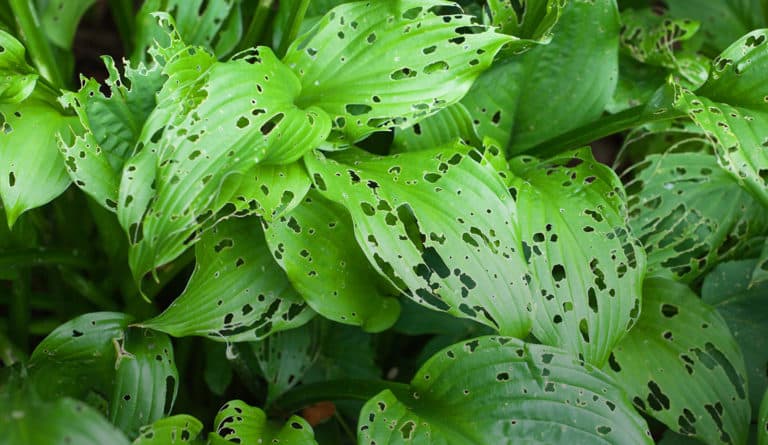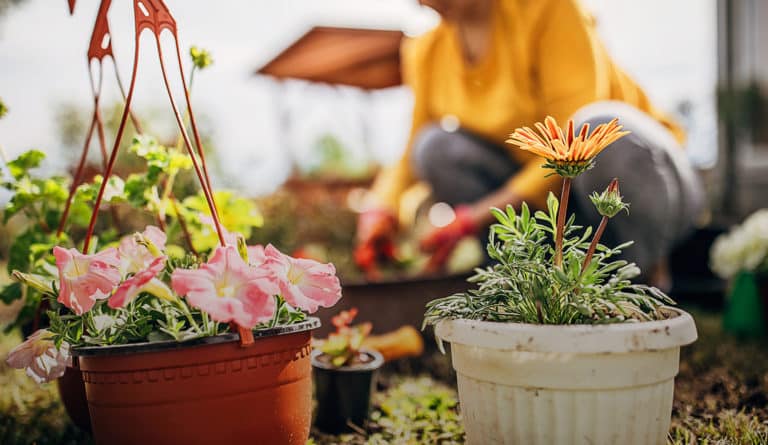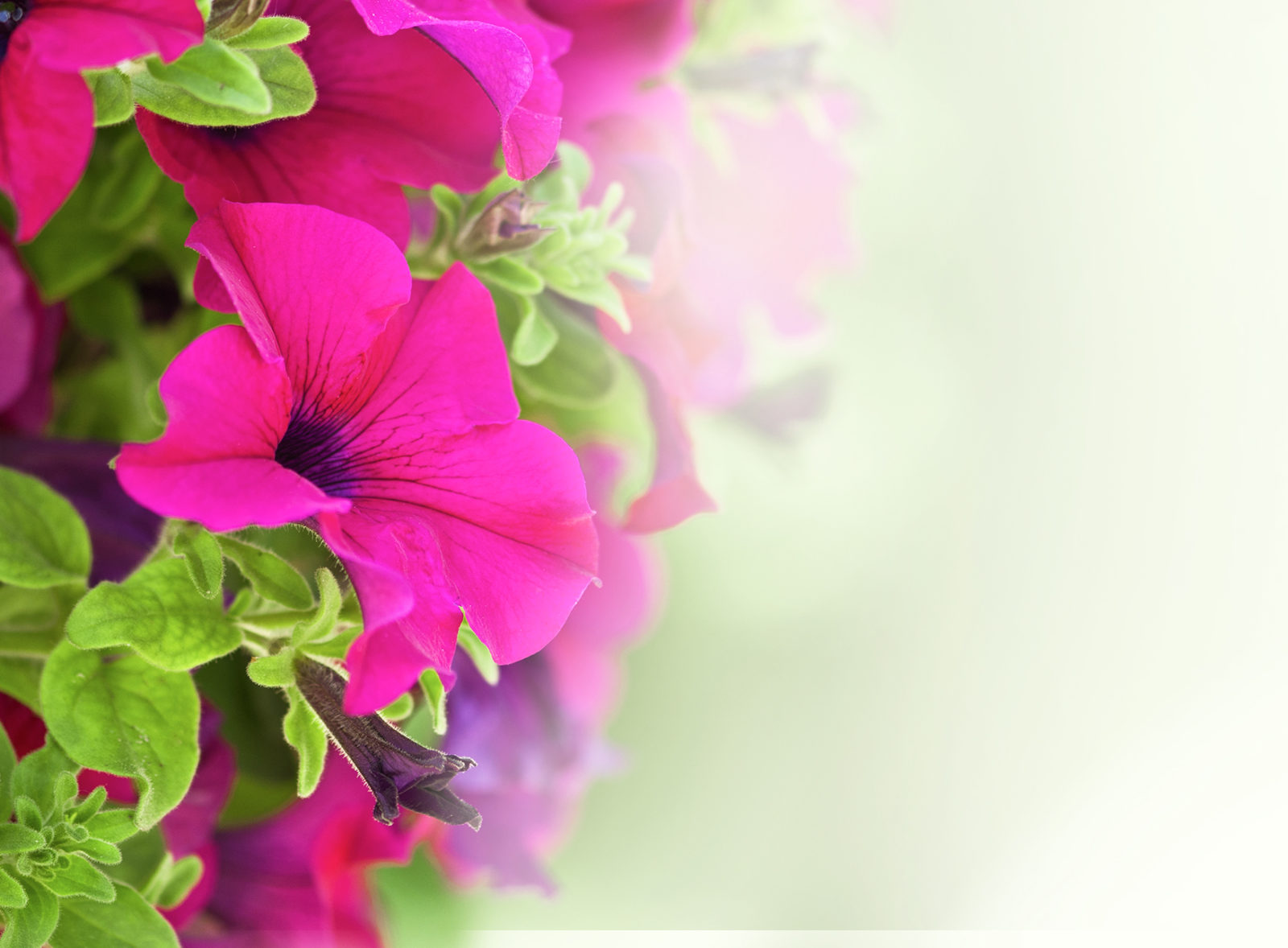
petunias
aka Petunia × atkinsiana
So many gorgeous, trumpet shaped flowers! And they come in practically every colour but blue. They were practically made for hanging baskets, but also look great in window boxes and garden beds.
variations
Grandiflora, multiflora, milliflora, and spreading (wave)
light
full sun
Appreciate 6 to 8 hours of full sun.
water + feeding
not too thirsty
Petunias are from South America and handle the heat well. Watering once a week is usually enough, but you may need to increase watering during prolonged dry spells. This is especially true of spreading varieties of Petunias, and ones planted in baskets or planters. Give a through soak when you do water. Shallow watering causes shallow roots.
toxic
non-toxic
Non-toxic to cats and dogs
size
they vary
Floribundas – blooms are 2½ to 3 inches across. Grandifloras – 8 to 12 inches tall with large 4 to 5 inch blooms Millifloras – 8 inches tall and 8 inches wide, with tiny 1 inch blooms Multifloras – early bloomer with 1½ to 2 inch flowers
pro tip
Buy in flats
Forget growing from seeds. Buy a whole flat from your local nursery. Look for short and compact plants that aren’t blooming and haven’t grown leggy.
fun fact
cousins to tobacco
Petunias resemble tobacco plants. In fact, they got their name from the Brazilian word for tobacco, “petun”. Petunias can even be crossed with tobacco plants, but we don’t suggest smoking them. For so many reasons.
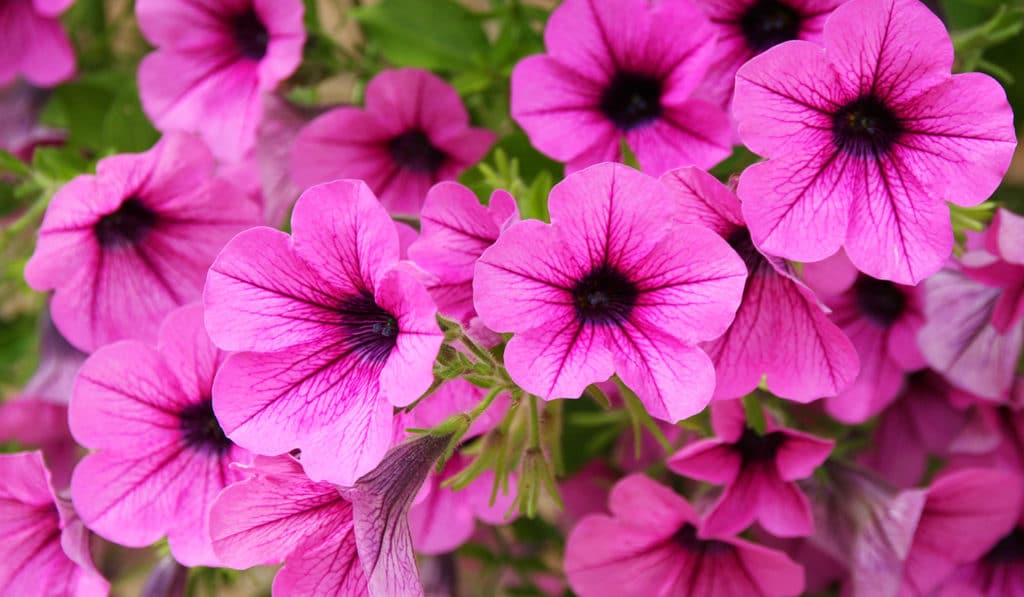
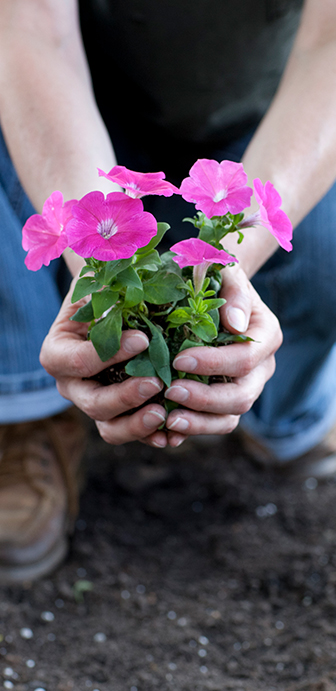
beyond the basics
-
soil & potting
Petunias like moderately rich well-draining soil. They don’t like to sit in the wet. Amend poor soil with compost or peat moss prior to planting. When planting petunias in containers, use a well-draining potting mix like Miracle-Gro® Moisture Control Potting Mix.
-
companion planting
Fast growing and mega-blooming, Petunias have a tendency to bury their planter and basket neighbours in an avalanche of flowers! Some plants can keep up though, like golden creeping Jenny and New Guinea Impatiens.
-
blooms
Flowers, flowers and more flowers! That’s what Petunias are all about. They are 6 main varieties of Petunias: Cascadia, Grandiflora, Milliflora, Multiflora, Supertina and Wave. Each have a preferred growing style but the one thing they have in common is nonstop blossoming.
-
pest control
Petunias don’t normally suffer from pests or disease, but slugs and aphids are occasional problems. You can help prevent disease by avoiding wetting the leaves when you water. Get that water right in the soil.
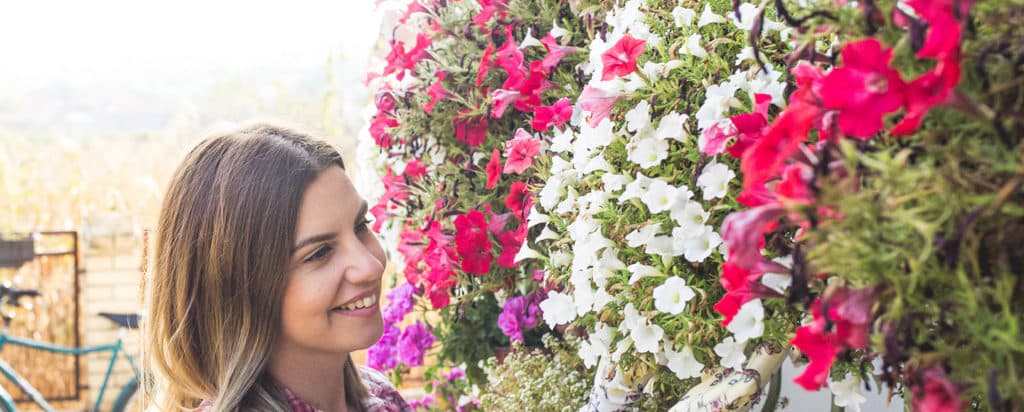
troubleshooting
-
why does my plant have powdery spots on the leaves?
It’s mildew. Probably due to overcrowding, which is preventing proper air flow around your plants. Prune back some foliage or even replant to space things out. Cut back on watering until the problem improves.
-
why do I have rotten stems and or roots?
Poor drainage, overwatering or both. You may also notice wilted leaves. Troubleshoot your drainage and/or water less. If things are really rotted out, and it’s early in the season, consider starting over.
-
what do discoloured blooms or leaves mean?
It’s likely Botrytis Blight which is caused by overly wet soil. Cease watering until the soil dries, at least the top inch. Prune away affected leaves and blooms. Clear out any wet debris that’s adding to the problem. This problem usually goes away when you take these steps and dry things out.
-
what are these yellow spots?
It could be a virus and sadly there is no cure. Prune away all affected areas and clean your pruning tools thoroughly to avoid spreading the virus. If a plant is totally affected, yank it and put it well away in a yard waste bag. Also check under the leaves for pests, they could be causing the spread. Get those pests with a safe pesticide like Ortho® Bug B Gon® ECO Insecticidal Soap.
-
why is my Petunia so sad and wilted?
If it isn’t extreme under-watering. If the wilt isn’t obviously due to bone-dry soil conditions, it could be Verticillium Wilt. There is no cure. Sigh. Pull the wilted plants, dispose of them and start over. We suggest individual pots to prevent a repeat.

petunias
aka Petunia × atkinsiana
So many gorgeous, trumpet shaped flowers! And they come in practically every colour but blue. They were practically made for hanging baskets, but also look great in window boxes and garden beds.
variations
Grandiflora, multiflora, milliflora, and spreading (wave)
light
full sun
Appreciate 6 to 8 hours of full sun.
water + feeding
not too thirsty
Petunias are from South America and handle the heat well. Watering once a week is usually enough, but you may need to increase watering during prolonged dry spells. This is especially true of spreading varieties of Petunias, and ones planted in baskets or planters. Give a through soak when you do water. Shallow watering causes shallow roots.
toxic
non-toxic
Non-toxic to cats and dogs
size
they vary
Floribundas – blooms are 2½ to 3 inches across. Grandifloras – 8 to 12 inches tall with large 4 to 5 inch blooms Millifloras – 8 inches tall and 8 inches wide, with tiny 1 inch blooms Multifloras – early bloomer with 1½ to 2 inch flowers
pro tip
Buy in flats
Forget growing from seeds. Buy a whole flat from your local nursery. Look for short and compact plants that aren’t blooming and haven’t grown leggy.
fun fact
cousins to tobacco
Petunias resemble tobacco plants. In fact, they got their name from the Brazilian word for tobacco, “petun”. Petunias can even be crossed with tobacco plants, but we don’t suggest smoking them. For so many reasons.
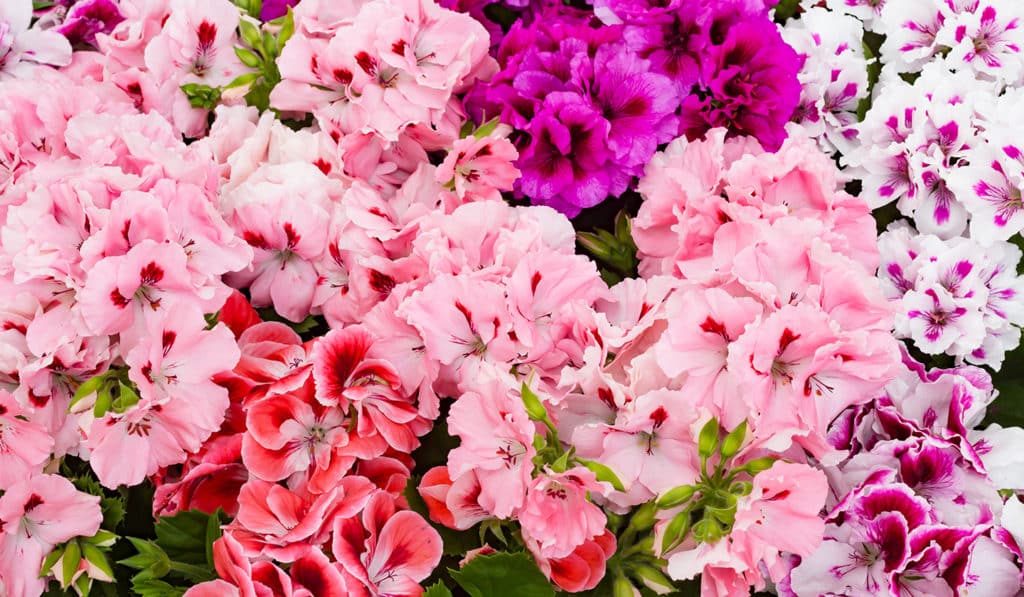

beyond the basics
-
soil & potting
Petunias like moderately rich well-draining soil. They don’t like to sit in the wet. Amend poor soil with compost or peat moss prior to planting. When planting petunias in containers, use a well-draining potting mix like Miracle-Gro® Moisture Control Potting Mix.
-
companion planting
Fast growing and mega-blooming, Petunias have a tendency to bury their planter and basket neighbours in an avalanche of flowers! Some plants can keep up though, like golden creeping Jenny and New Guinea Impatiens.
-
blooms
Flowers, flowers and more flowers! That’s what Petunias are all about. They are 6 main varieties of Petunias: Cascadia, Grandiflora, Milliflora, Multiflora, Supertina and Wave. Each have a preferred growing style but the one thing they have in common is nonstop blossoming.
-
pest control
Petunias don’t normally suffer from pests or disease, but slugs and aphids are occasional problems. You can help prevent disease by avoiding wetting the leaves when you water. Get that water right in the soil.
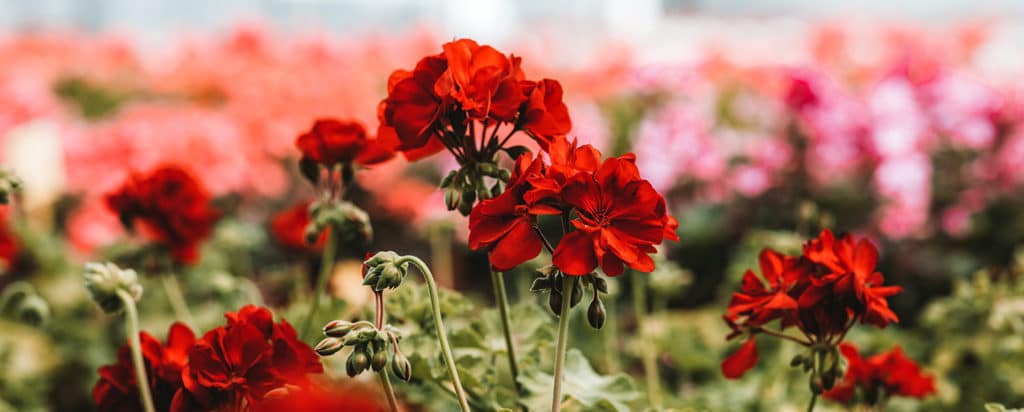
troubleshooting
-
why does my plant have powdery spots on the leaves?
It’s mildew. Probably due to overcrowding, which is preventing proper air flow around your plants. Prune back some foliage or even replant to space things out. Cut back on watering until the problem improves.
-
why do I have rotten stems and or roots?
Poor drainage, overwatering or both. You may also notice wilted leaves. Troubleshoot your drainage and/or water less. If things are really rotted out, and it’s early in the season, consider starting over.
-
what do discoloured blooms or leaves mean?
It’s likely Botrytis Blight which is caused by overly wet soil. Cease watering until the soil dries, at least the top inch. Prune away affected leaves and blooms. Clear out any wet debris that’s adding to the problem. This problem usually goes away when you take these steps and dry things out.
-
what are these yellow spots?
It could be a virus and sadly there is no cure. Prune away all affected areas and clean your pruning tools thoroughly to avoid spreading the virus. If a plant is totally affected, yank it and put it well away in a yard waste bag. Also check under the leaves for pests, they could be causing the spread. Get those pests with a safe pesticide like Ortho® Bug B Gon® ECO Insecticidal Soap.
-
why is my Petunia so sad and wilted?
If it isn’t extreme under-watering. If the wilt isn’t obviously due to bone-dry soil conditions, it could be Verticillium Wilt. There is no cure. Sigh. Pull the wilted plants, dispose of them and start over. We suggest individual pots to prevent a repeat.

petunias
aka Petunia × atkinsiana
So many gorgeous, trumpet shaped flowers! And they come in practically every colour but blue. They were practically made for hanging baskets, but also look great in window boxes and garden beds.
variations
Grandiflora, multiflora, milliflora, and spreading (wave)
light
full sun
Appreciate 6 to 8 hours of full sun.
water + feeding
not too thirsty
Petunias are from South America and handle the heat well. Watering once a week is usually enough, but you may need to increase watering during prolonged dry spells. This is especially true of spreading varieties of Petunias, and ones planted in baskets or planters. Give a through soak when you do water. Shallow watering causes shallow roots.
toxic
non-toxic
Non-toxic to cats and dogs
size
they vary
Floribundas – blooms are 2½ to 3 inches across. Grandifloras – 8 to 12 inches tall with large 4 to 5 inch blooms Millifloras – 8 inches tall and 8 inches wide, with tiny 1 inch blooms Multifloras – early bloomer with 1½ to 2 inch flowers
pro tip
Buy in flats
Forget growing from seeds. Buy a whole flat from your local nursery. Look for short and compact plants that aren’t blooming and haven’t grown leggy.
fun fact
cousins to tobacco
Petunias resemble tobacco plants. In fact, they got their name from the Brazilian word for tobacco, “petun”. Petunias can even be crossed with tobacco plants, but we don’t suggest smoking them. For so many reasons.


beyond the basics
-
soil & potting
Petunias like moderately rich well-draining soil. They don’t like to sit in the wet. Amend poor soil with compost or peat moss prior to planting. When planting petunias in containers, use a well-draining potting mix like Miracle-Gro® Moisture Control Potting Mix.
-
companion planting
Fast growing and mega-blooming, Petunias have a tendency to bury their planter and basket neighbours in an avalanche of flowers! Some plants can keep up though, like golden creeping Jenny and New Guinea Impatiens.
-
blooms
Flowers, flowers and more flowers! That’s what Petunias are all about. They are 6 main varieties of Petunias: Cascadia, Grandiflora, Milliflora, Multiflora, Supertina and Wave. Each have a preferred growing style but the one thing they have in common is nonstop blossoming.
-
pest control
Petunias don’t normally suffer from pests or disease, but slugs and aphids are occasional problems. You can help prevent disease by avoiding wetting the leaves when you water. Get that water right in the soil.
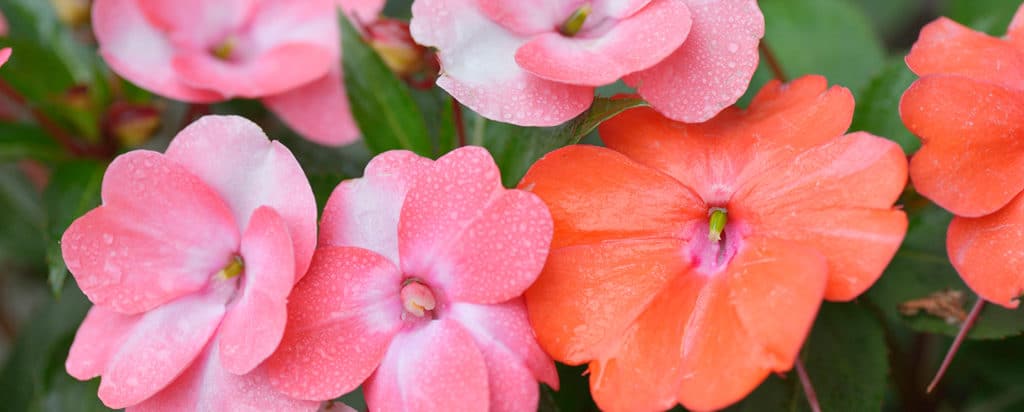
troubleshooting
-
why does my plant have powdery spots on the leaves?
It’s mildew. Probably due to overcrowding, which is preventing proper air flow around your plants. Prune back some foliage or even replant to space things out. Cut back on watering until the problem improves.
-
why do I have rotten stems and or roots?
Poor drainage, overwatering or both. You may also notice wilted leaves. Troubleshoot your drainage and/or water less. If things are really rotted out, and it’s early in the season, consider starting over.
-
what do discoloured blooms or leaves mean?
It’s likely Botrytis Blight which is caused by overly wet soil. Cease watering until the soil dries, at least the top inch. Prune away affected leaves and blooms. Clear out any wet debris that’s adding to the problem. This problem usually goes away when you take these steps and dry things out.
-
what are these yellow spots?
It could be a virus and sadly there is no cure. Prune away all affected areas and clean your pruning tools thoroughly to avoid spreading the virus. If a plant is totally affected, yank it and put it well away in a yard waste bag. Also check under the leaves for pests, they could be causing the spread. Get those pests with a safe pesticide like Ortho® Bug B Gon® ECO Insecticidal Soap.
-
why is my Petunia so sad and wilted?
If it isn’t extreme under-watering. If the wilt isn’t obviously due to bone-dry soil conditions, it could be Verticillium Wilt. There is no cure. Sigh. Pull the wilted plants, dispose of them and start over. We suggest individual pots to prevent a repeat.

petunias
aka Petunia × atkinsiana
So many gorgeous, trumpet shaped flowers! And they come in practically every colour but blue. They were practically made for hanging baskets, but also look great in window boxes and garden beds.
variations
Grandiflora, multiflora, milliflora, and spreading (wave)
light
full sun
Appreciate 6 to 8 hours of full sun.
water + feeding
not too thirsty
Petunias are from South America and handle the heat well. Watering once a week is usually enough, but you may need to increase watering during prolonged dry spells. This is especially true of spreading varieties of Petunias, and ones planted in baskets or planters. Give a through soak when you do water. Shallow watering causes shallow roots.
toxic
non-toxic
Non-toxic to cats and dogs
size
they vary
Floribundas – blooms are 2½ to 3 inches across. Grandifloras – 8 to 12 inches tall with large 4 to 5 inch blooms Millifloras – 8 inches tall and 8 inches wide, with tiny 1 inch blooms Multifloras – early bloomer with 1½ to 2 inch flowers
pro tip
Buy in flats
Forget growing from seeds. Buy a whole flat from your local nursery. Look for short and compact plants that aren’t blooming and haven’t grown leggy.
fun fact
cousins to tobacco
Petunias resemble tobacco plants. In fact, they got their name from the Brazilian word for tobacco, “petun”. Petunias can even be crossed with tobacco plants, but we don’t suggest smoking them. For so many reasons.
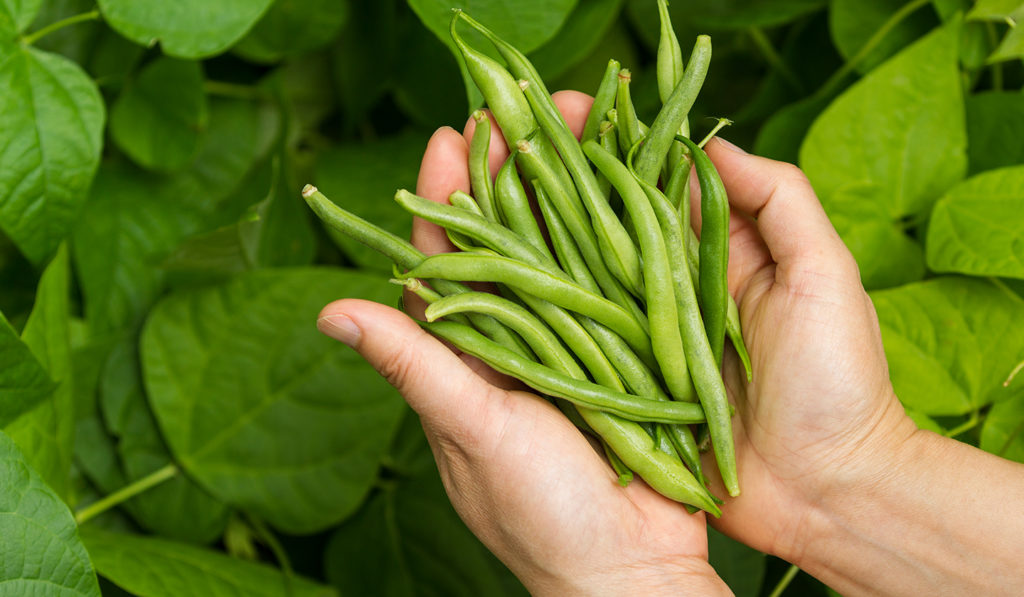

beyond the basics
-
soil & potting
Petunias like moderately rich well-draining soil. They don’t like to sit in the wet. Amend poor soil with compost or peat moss prior to planting. When planting petunias in containers, use a well-draining potting mix like Miracle-Gro® Moisture Control Potting Mix.
-
companion planting
Fast growing and mega-blooming, Petunias have a tendency to bury their planter and basket neighbours in an avalanche of flowers! Some plants can keep up though, like golden creeping Jenny and New Guinea Impatiens.
-
blooms
Flowers, flowers and more flowers! That’s what Petunias are all about. They are 6 main varieties of Petunias: Cascadia, Grandiflora, Milliflora, Multiflora, Supertina and Wave. Each have a preferred growing style but the one thing they have in common is nonstop blossoming.
-
pest control
Petunias don’t normally suffer from pests or disease, but slugs and aphids are occasional problems. You can help prevent disease by avoiding wetting the leaves when you water. Get that water right in the soil.
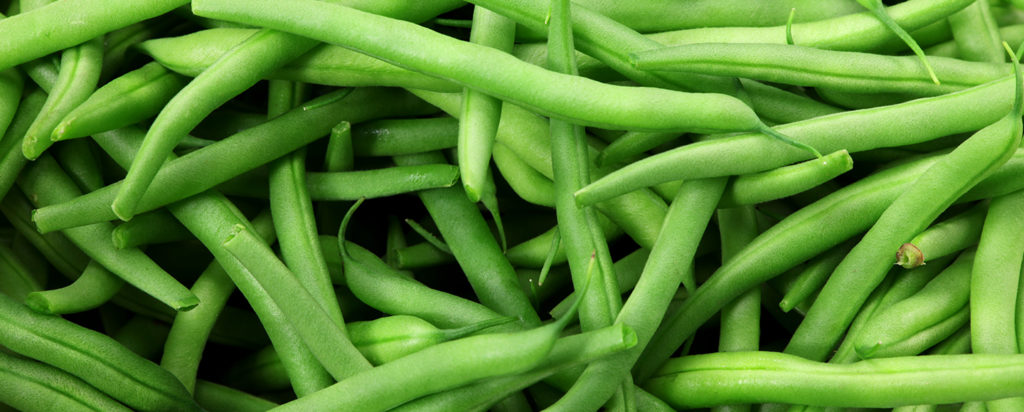
troubleshooting
-
why does my plant have powdery spots on the leaves?
It’s mildew. Probably due to overcrowding, which is preventing proper air flow around your plants. Prune back some foliage or even replant to space things out. Cut back on watering until the problem improves.
-
why do I have rotten stems and or roots?
Poor drainage, overwatering or both. You may also notice wilted leaves. Troubleshoot your drainage and/or water less. If things are really rotted out, and it’s early in the season, consider starting over.
-
what do discoloured blooms or leaves mean?
It’s likely Botrytis Blight which is caused by overly wet soil. Cease watering until the soil dries, at least the top inch. Prune away affected leaves and blooms. Clear out any wet debris that’s adding to the problem. This problem usually goes away when you take these steps and dry things out.
-
what are these yellow spots?
It could be a virus and sadly there is no cure. Prune away all affected areas and clean your pruning tools thoroughly to avoid spreading the virus. If a plant is totally affected, yank it and put it well away in a yard waste bag. Also check under the leaves for pests, they could be causing the spread. Get those pests with a safe pesticide like Ortho® Bug B Gon® ECO Insecticidal Soap.
-
why is my Petunia so sad and wilted?
If it isn’t extreme under-watering. If the wilt isn’t obviously due to bone-dry soil conditions, it could be Verticillium Wilt. There is no cure. Sigh. Pull the wilted plants, dispose of them and start over. We suggest individual pots to prevent a repeat.

petunias
aka Petunia × atkinsiana
So many gorgeous, trumpet shaped flowers! And they come in practically every colour but blue. They were practically made for hanging baskets, but also look great in window boxes and garden beds.
variations
Grandiflora, multiflora, milliflora, and spreading (wave)
light
full sun
Appreciate 6 to 8 hours of full sun.
water + feeding
not too thirsty
Petunias are from South America and handle the heat well. Watering once a week is usually enough, but you may need to increase watering during prolonged dry spells. This is especially true of spreading varieties of Petunias, and ones planted in baskets or planters. Give a through soak when you do water. Shallow watering causes shallow roots.
toxic
non-toxic
Non-toxic to cats and dogs
size
they vary
Floribundas – blooms are 2½ to 3 inches across. Grandifloras – 8 to 12 inches tall with large 4 to 5 inch blooms Millifloras – 8 inches tall and 8 inches wide, with tiny 1 inch blooms Multifloras – early bloomer with 1½ to 2 inch flowers
pro tip
Buy in flats
Forget growing from seeds. Buy a whole flat from your local nursery. Look for short and compact plants that aren’t blooming and haven’t grown leggy.
fun fact
cousins to tobacco
Petunias resemble tobacco plants. In fact, they got their name from the Brazilian word for tobacco, “petun”. Petunias can even be crossed with tobacco plants, but we don’t suggest smoking them. For so many reasons.
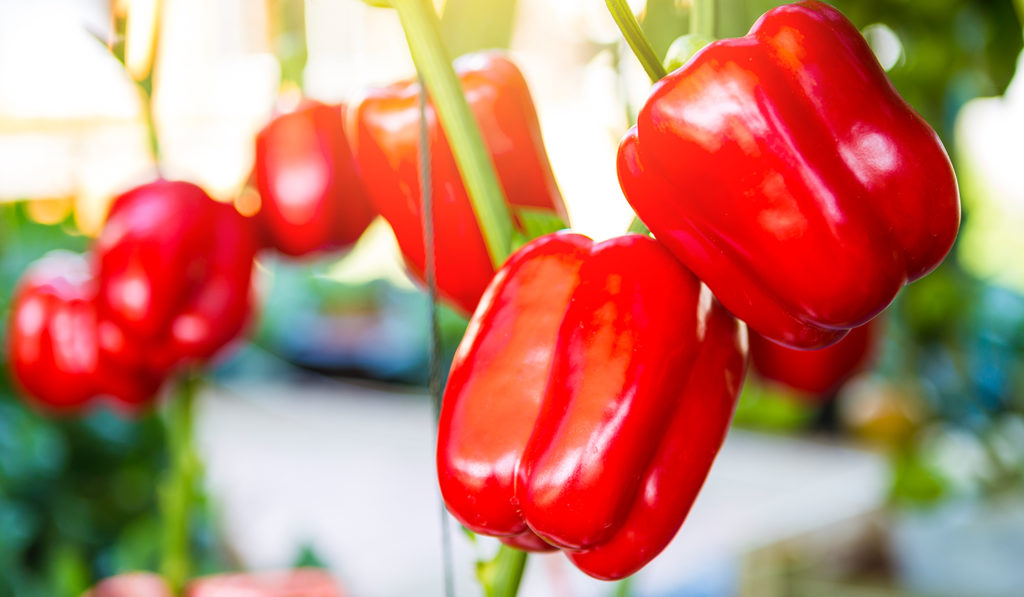

beyond the basics
-
soil & potting
Petunias like moderately rich well-draining soil. They don’t like to sit in the wet. Amend poor soil with compost or peat moss prior to planting. When planting petunias in containers, use a well-draining potting mix like Miracle-Gro® Moisture Control Potting Mix.
-
companion planting
Fast growing and mega-blooming, Petunias have a tendency to bury their planter and basket neighbours in an avalanche of flowers! Some plants can keep up though, like golden creeping Jenny and New Guinea Impatiens.
-
blooms
Flowers, flowers and more flowers! That’s what Petunias are all about. They are 6 main varieties of Petunias: Cascadia, Grandiflora, Milliflora, Multiflora, Supertina and Wave. Each have a preferred growing style but the one thing they have in common is nonstop blossoming.
-
pest control
Petunias don’t normally suffer from pests or disease, but slugs and aphids are occasional problems. You can help prevent disease by avoiding wetting the leaves when you water. Get that water right in the soil.
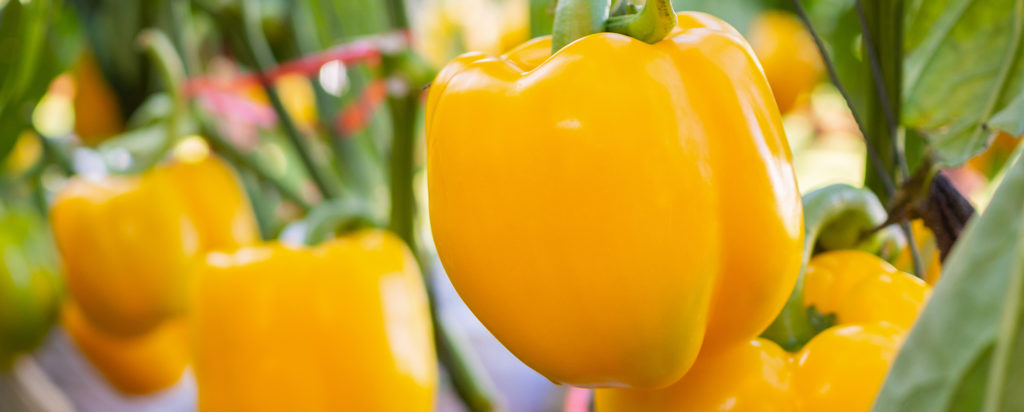
troubleshooting
-
why does my plant have powdery spots on the leaves?
It’s mildew. Probably due to overcrowding, which is preventing proper air flow around your plants. Prune back some foliage or even replant to space things out. Cut back on watering until the problem improves.
-
why do I have rotten stems and or roots?
Poor drainage, overwatering or both. You may also notice wilted leaves. Troubleshoot your drainage and/or water less. If things are really rotted out, and it’s early in the season, consider starting over.
-
what do discoloured blooms or leaves mean?
It’s likely Botrytis Blight which is caused by overly wet soil. Cease watering until the soil dries, at least the top inch. Prune away affected leaves and blooms. Clear out any wet debris that’s adding to the problem. This problem usually goes away when you take these steps and dry things out.
-
what are these yellow spots?
It could be a virus and sadly there is no cure. Prune away all affected areas and clean your pruning tools thoroughly to avoid spreading the virus. If a plant is totally affected, yank it and put it well away in a yard waste bag. Also check under the leaves for pests, they could be causing the spread. Get those pests with a safe pesticide like Ortho® Bug B Gon® ECO Insecticidal Soap.
-
why is my Petunia so sad and wilted?
If it isn’t extreme under-watering. If the wilt isn’t obviously due to bone-dry soil conditions, it could be Verticillium Wilt. There is no cure. Sigh. Pull the wilted plants, dispose of them and start over. We suggest individual pots to prevent a repeat.

petunias
aka Petunia × atkinsiana
So many gorgeous, trumpet shaped flowers! And they come in practically every colour but blue. They were practically made for hanging baskets, but also look great in window boxes and garden beds.
variations
Grandiflora, multiflora, milliflora, and spreading (wave)
light
full sun
Appreciate 6 to 8 hours of full sun.
water + feeding
not too thirsty
Petunias are from South America and handle the heat well. Watering once a week is usually enough, but you may need to increase watering during prolonged dry spells. This is especially true of spreading varieties of Petunias, and ones planted in baskets or planters. Give a through soak when you do water. Shallow watering causes shallow roots.
toxic
non-toxic
Non-toxic to cats and dogs
size
they vary
Floribundas – blooms are 2½ to 3 inches across. Grandifloras – 8 to 12 inches tall with large 4 to 5 inch blooms Millifloras – 8 inches tall and 8 inches wide, with tiny 1 inch blooms Multifloras – early bloomer with 1½ to 2 inch flowers
pro tip
Buy in flats
Forget growing from seeds. Buy a whole flat from your local nursery. Look for short and compact plants that aren’t blooming and haven’t grown leggy.
fun fact
cousins to tobacco
Petunias resemble tobacco plants. In fact, they got their name from the Brazilian word for tobacco, “petun”. Petunias can even be crossed with tobacco plants, but we don’t suggest smoking them. For so many reasons.


beyond the basics
-
soil & potting
Petunias like moderately rich well-draining soil. They don’t like to sit in the wet. Amend poor soil with compost or peat moss prior to planting. When planting petunias in containers, use a well-draining potting mix like Miracle-Gro® Moisture Control Potting Mix.
-
companion planting
Fast growing and mega-blooming, Petunias have a tendency to bury their planter and basket neighbours in an avalanche of flowers! Some plants can keep up though, like golden creeping Jenny and New Guinea Impatiens.
-
blooms
Flowers, flowers and more flowers! That’s what Petunias are all about. They are 6 main varieties of Petunias: Cascadia, Grandiflora, Milliflora, Multiflora, Supertina and Wave. Each have a preferred growing style but the one thing they have in common is nonstop blossoming.
-
pest control
Petunias don’t normally suffer from pests or disease, but slugs and aphids are occasional problems. You can help prevent disease by avoiding wetting the leaves when you water. Get that water right in the soil.
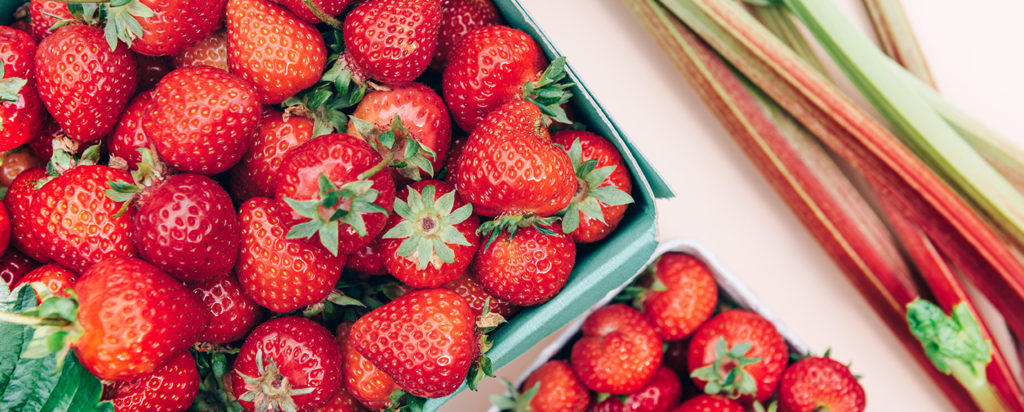
troubleshooting
-
why does my plant have powdery spots on the leaves?
It’s mildew. Probably due to overcrowding, which is preventing proper air flow around your plants. Prune back some foliage or even replant to space things out. Cut back on watering until the problem improves.
-
why do I have rotten stems and or roots?
Poor drainage, overwatering or both. You may also notice wilted leaves. Troubleshoot your drainage and/or water less. If things are really rotted out, and it’s early in the season, consider starting over.
-
what do discoloured blooms or leaves mean?
It’s likely Botrytis Blight which is caused by overly wet soil. Cease watering until the soil dries, at least the top inch. Prune away affected leaves and blooms. Clear out any wet debris that’s adding to the problem. This problem usually goes away when you take these steps and dry things out.
-
what are these yellow spots?
It could be a virus and sadly there is no cure. Prune away all affected areas and clean your pruning tools thoroughly to avoid spreading the virus. If a plant is totally affected, yank it and put it well away in a yard waste bag. Also check under the leaves for pests, they could be causing the spread. Get those pests with a safe pesticide like Ortho® Bug B Gon® ECO Insecticidal Soap.
-
why is my Petunia so sad and wilted?
If it isn’t extreme under-watering. If the wilt isn’t obviously due to bone-dry soil conditions, it could be Verticillium Wilt. There is no cure. Sigh. Pull the wilted plants, dispose of them and start over. We suggest individual pots to prevent a repeat.

petunias
aka Petunia × atkinsiana
So many gorgeous, trumpet shaped flowers! And they come in practically every colour but blue. They were practically made for hanging baskets, but also look great in window boxes and garden beds.
variations
Grandiflora, multiflora, milliflora, and spreading (wave)
light
full sun
Appreciate 6 to 8 hours of full sun.
water + feeding
not too thirsty
Petunias are from South America and handle the heat well. Watering once a week is usually enough, but you may need to increase watering during prolonged dry spells. This is especially true of spreading varieties of Petunias, and ones planted in baskets or planters. Give a through soak when you do water. Shallow watering causes shallow roots.
toxic
non-toxic
Non-toxic to cats and dogs
size
they vary
Floribundas – blooms are 2½ to 3 inches across. Grandifloras – 8 to 12 inches tall with large 4 to 5 inch blooms Millifloras – 8 inches tall and 8 inches wide, with tiny 1 inch blooms Multifloras – early bloomer with 1½ to 2 inch flowers
pro tip
Buy in flats
Forget growing from seeds. Buy a whole flat from your local nursery. Look for short and compact plants that aren’t blooming and haven’t grown leggy.
fun fact
cousins to tobacco
Petunias resemble tobacco plants. In fact, they got their name from the Brazilian word for tobacco, “petun”. Petunias can even be crossed with tobacco plants, but we don’t suggest smoking them. For so many reasons.
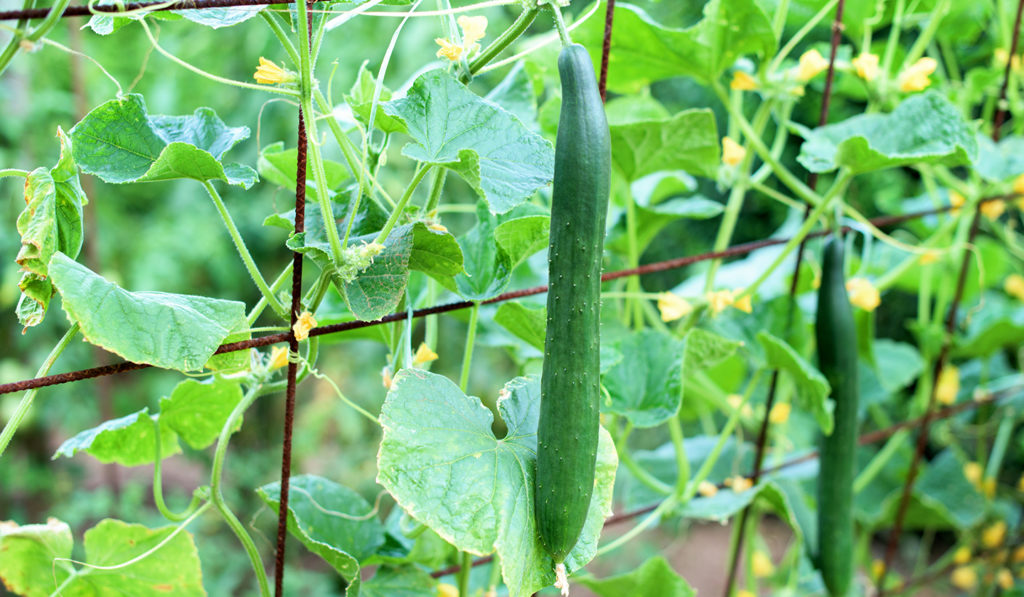

beyond the basics
-
soil & potting
Petunias like moderately rich well-draining soil. They don’t like to sit in the wet. Amend poor soil with compost or peat moss prior to planting. When planting petunias in containers, use a well-draining potting mix like Miracle-Gro® Moisture Control Potting Mix.
-
companion planting
Fast growing and mega-blooming, Petunias have a tendency to bury their planter and basket neighbours in an avalanche of flowers! Some plants can keep up though, like golden creeping Jenny and New Guinea Impatiens.
-
blooms
Flowers, flowers and more flowers! That’s what Petunias are all about. They are 6 main varieties of Petunias: Cascadia, Grandiflora, Milliflora, Multiflora, Supertina and Wave. Each have a preferred growing style but the one thing they have in common is nonstop blossoming.
-
pest control
Petunias don’t normally suffer from pests or disease, but slugs and aphids are occasional problems. You can help prevent disease by avoiding wetting the leaves when you water. Get that water right in the soil.
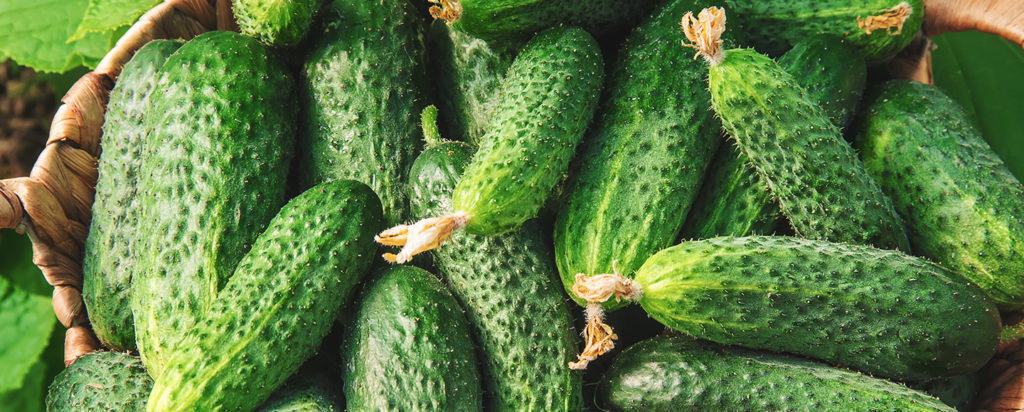
troubleshooting
-
why does my plant have powdery spots on the leaves?
It’s mildew. Probably due to overcrowding, which is preventing proper air flow around your plants. Prune back some foliage or even replant to space things out. Cut back on watering until the problem improves.
-
why do I have rotten stems and or roots?
Poor drainage, overwatering or both. You may also notice wilted leaves. Troubleshoot your drainage and/or water less. If things are really rotted out, and it’s early in the season, consider starting over.
-
what do discoloured blooms or leaves mean?
It’s likely Botrytis Blight which is caused by overly wet soil. Cease watering until the soil dries, at least the top inch. Prune away affected leaves and blooms. Clear out any wet debris that’s adding to the problem. This problem usually goes away when you take these steps and dry things out.
-
what are these yellow spots?
It could be a virus and sadly there is no cure. Prune away all affected areas and clean your pruning tools thoroughly to avoid spreading the virus. If a plant is totally affected, yank it and put it well away in a yard waste bag. Also check under the leaves for pests, they could be causing the spread. Get those pests with a safe pesticide like Ortho® Bug B Gon® ECO Insecticidal Soap.
-
why is my Petunia so sad and wilted?
If it isn’t extreme under-watering. If the wilt isn’t obviously due to bone-dry soil conditions, it could be Verticillium Wilt. There is no cure. Sigh. Pull the wilted plants, dispose of them and start over. We suggest individual pots to prevent a repeat.

petunias
aka Petunia × atkinsiana
So many gorgeous, trumpet shaped flowers! And they come in practically every colour but blue. They were practically made for hanging baskets, but also look great in window boxes and garden beds.
variations
Grandiflora, multiflora, milliflora, and spreading (wave)
light
full sun
Appreciate 6 to 8 hours of full sun.
water + feeding
not too thirsty
Petunias are from South America and handle the heat well. Watering once a week is usually enough, but you may need to increase watering during prolonged dry spells. This is especially true of spreading varieties of Petunias, and ones planted in baskets or planters. Give a through soak when you do water. Shallow watering causes shallow roots.
toxic
non-toxic
Non-toxic to cats and dogs
size
they vary
Floribundas – blooms are 2½ to 3 inches across. Grandifloras – 8 to 12 inches tall with large 4 to 5 inch blooms Millifloras – 8 inches tall and 8 inches wide, with tiny 1 inch blooms Multifloras – early bloomer with 1½ to 2 inch flowers
pro tip
Buy in flats
Forget growing from seeds. Buy a whole flat from your local nursery. Look for short and compact plants that aren’t blooming and haven’t grown leggy.
fun fact
cousins to tobacco
Petunias resemble tobacco plants. In fact, they got their name from the Brazilian word for tobacco, “petun”. Petunias can even be crossed with tobacco plants, but we don’t suggest smoking them. For so many reasons.
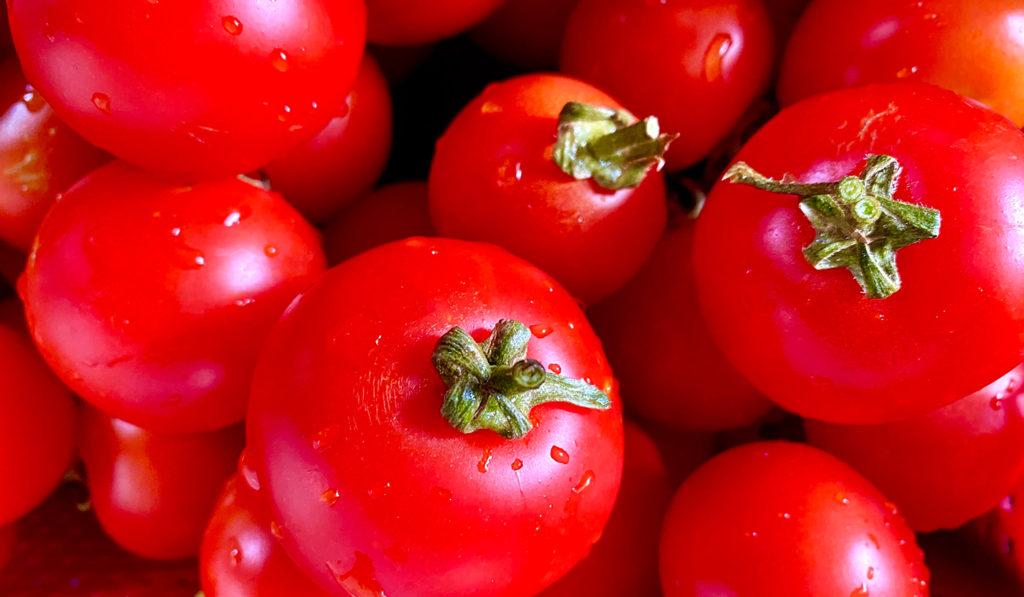

beyond the basics
-
soil & potting
Petunias like moderately rich well-draining soil. They don’t like to sit in the wet. Amend poor soil with compost or peat moss prior to planting. When planting petunias in containers, use a well-draining potting mix like Miracle-Gro® Moisture Control Potting Mix.
-
companion planting
Fast growing and mega-blooming, Petunias have a tendency to bury their planter and basket neighbours in an avalanche of flowers! Some plants can keep up though, like golden creeping Jenny and New Guinea Impatiens.
-
blooms
Flowers, flowers and more flowers! That’s what Petunias are all about. They are 6 main varieties of Petunias: Cascadia, Grandiflora, Milliflora, Multiflora, Supertina and Wave. Each have a preferred growing style but the one thing they have in common is nonstop blossoming.
-
pest control
Petunias don’t normally suffer from pests or disease, but slugs and aphids are occasional problems. You can help prevent disease by avoiding wetting the leaves when you water. Get that water right in the soil.
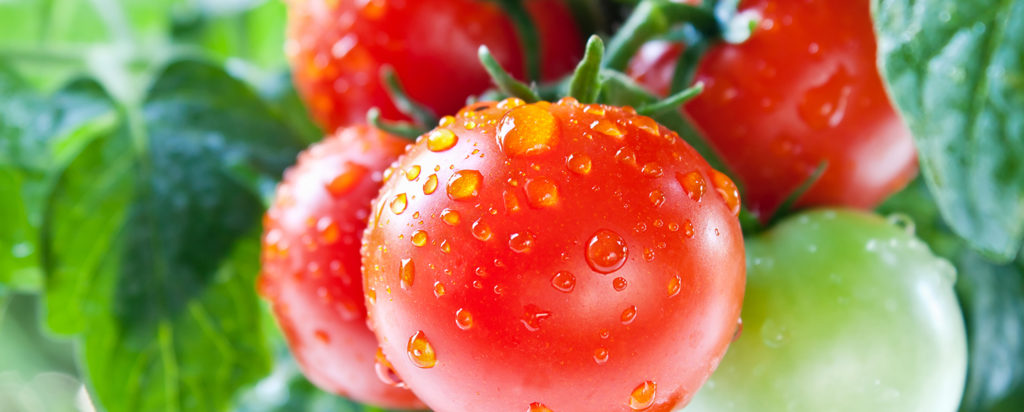
troubleshooting
-
why does my plant have powdery spots on the leaves?
It’s mildew. Probably due to overcrowding, which is preventing proper air flow around your plants. Prune back some foliage or even replant to space things out. Cut back on watering until the problem improves.
-
why do I have rotten stems and or roots?
Poor drainage, overwatering or both. You may also notice wilted leaves. Troubleshoot your drainage and/or water less. If things are really rotted out, and it’s early in the season, consider starting over.
-
what do discoloured blooms or leaves mean?
It’s likely Botrytis Blight which is caused by overly wet soil. Cease watering until the soil dries, at least the top inch. Prune away affected leaves and blooms. Clear out any wet debris that’s adding to the problem. This problem usually goes away when you take these steps and dry things out.
-
what are these yellow spots?
It could be a virus and sadly there is no cure. Prune away all affected areas and clean your pruning tools thoroughly to avoid spreading the virus. If a plant is totally affected, yank it and put it well away in a yard waste bag. Also check under the leaves for pests, they could be causing the spread. Get those pests with a safe pesticide like Ortho® Bug B Gon® ECO Insecticidal Soap.
-
why is my Petunia so sad and wilted?
If it isn’t extreme under-watering. If the wilt isn’t obviously due to bone-dry soil conditions, it could be Verticillium Wilt. There is no cure. Sigh. Pull the wilted plants, dispose of them and start over. We suggest individual pots to prevent a repeat.

petunias
aka Petunia × atkinsiana
So many gorgeous, trumpet shaped flowers! And they come in practically every colour but blue. They were practically made for hanging baskets, but also look great in window boxes and garden beds.
variations
Grandiflora, multiflora, milliflora, and spreading (wave)
light
full sun
Appreciate 6 to 8 hours of full sun.
water + feeding
not too thirsty
Petunias are from South America and handle the heat well. Watering once a week is usually enough, but you may need to increase watering during prolonged dry spells. This is especially true of spreading varieties of Petunias, and ones planted in baskets or planters. Give a through soak when you do water. Shallow watering causes shallow roots.
toxic
non-toxic
Non-toxic to cats and dogs
size
they vary
Floribundas – blooms are 2½ to 3 inches across. Grandifloras – 8 to 12 inches tall with large 4 to 5 inch blooms Millifloras – 8 inches tall and 8 inches wide, with tiny 1 inch blooms Multifloras – early bloomer with 1½ to 2 inch flowers
pro tip
Buy in flats
Forget growing from seeds. Buy a whole flat from your local nursery. Look for short and compact plants that aren’t blooming and haven’t grown leggy.
fun fact
cousins to tobacco
Petunias resemble tobacco plants. In fact, they got their name from the Brazilian word for tobacco, “petun”. Petunias can even be crossed with tobacco plants, but we don’t suggest smoking them. For so many reasons.
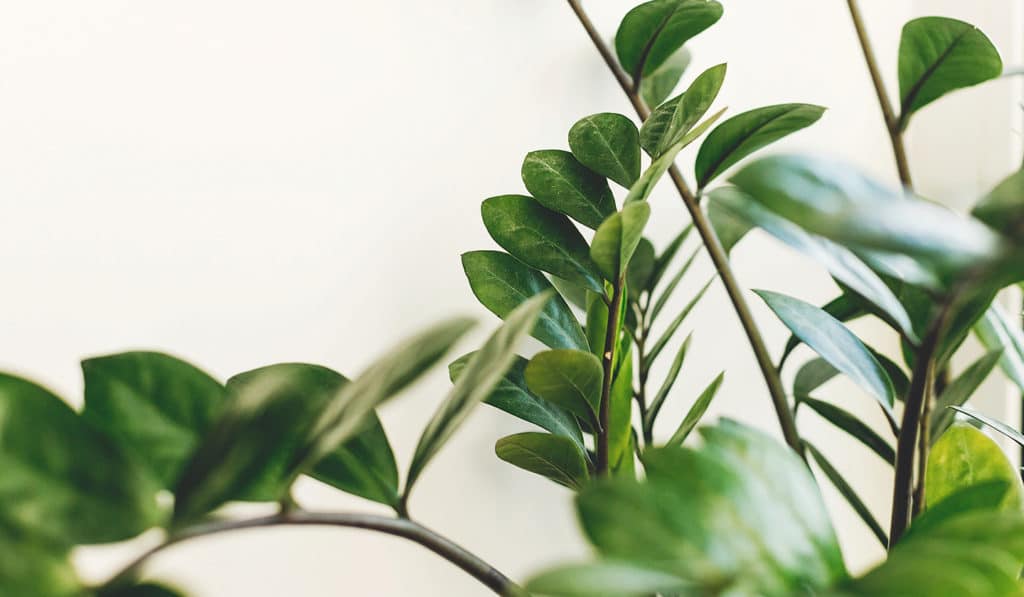
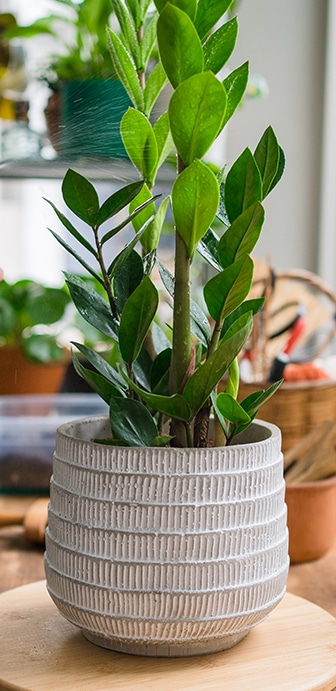
beyond the basics
-
soil & potting
ZZ prefers a light, well-draining potting soil like Miracle-Gro Cactus, Palm and Succulent Potting Mix. Or, use regular potting soil and add some potting sand or perlite. Ensure the pot has good drainage and avoid standing water. Empty drainage trays if you see water collecting.
-
when to repot
In the right light, ZZ grows quickly. Amazingly, they actually enjoy being a little rootbound, so you don’t need to repot as often as other plants. Repot every 3 to 4 years in the Spring, especially with younger plants. Increase pot by 2 inches every time. If you want to slow down growth, do some root trimming. In later years you can replace the top couple inches of soil instead of completely repotting.
-
propagation
Even propagation is easy with ZZ. Dig up the thick root ball and cut it in half. You can technically propagate your ZZ via stem and leaf cuttings, but it’s so much harder than cutting the root ball that we don’t recommend it.
-
pest control
Can get mealybugs and spider mites. When you’re dusting those glossy leaves, inspect the undersides. Check out our Pest control section in Plant 101 for how to identify and deal with pests on your plant!
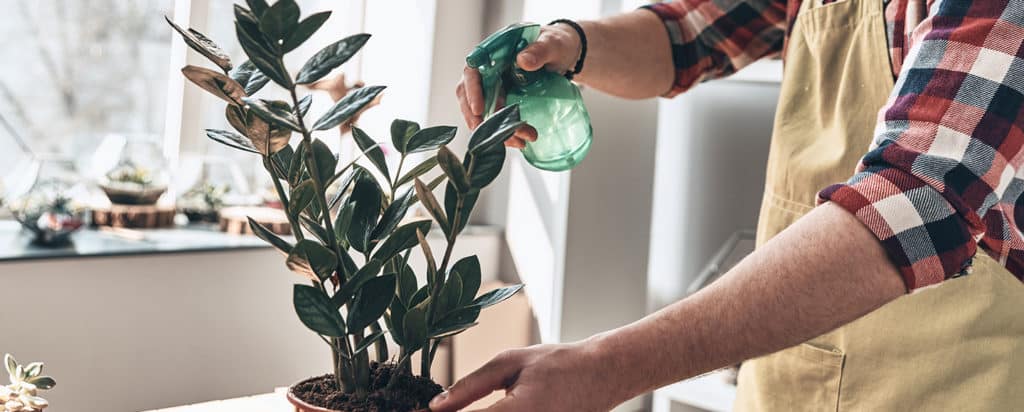
troubleshooting
-
why the yellowing leaves?
Overwatering. By far the most common problem with ZZ. Especially in Winter when it doesn’t need (or want) much water at all. If the plant has been sitting in water, it may have root rot. This problem is no big deal if you catch it early. First, stop watering! Let’s dry out that soil. Check your pot’s drainage. Does it have a hole that allows excess water to escape? Help things dry by poking holes in the soil. This will get oxygen to the roots. You can also put the pot (with drainage holes) in a tray that’s lined with a layer of dry soil. It acts like a sponge to draw out extra moisture. Now, let’s check for root rot. Dig down and cut out any that look affected. If things are really bad, consider repotting entirely with new soil. Moving forward, allow ZZ’s soil to dry between watering. The top couple inches should be dry to the touch. For more information check out our Plant 101 section.
-
why do I have many dropping leaves?
Probably stressed. ZZ is tough but not invincible. If you’ve moved it recently that may have stressed it out. Did you just bring it home from the nursery? That’s a big change. Leaf drop is most common when ZZ was in shade and suddenly put in full sun. Ease you plant to new area when you can. If you haven’t moved it recently, check for wet or totally bone-dry soil. See above for proper watering regimen.
-
what’s with the brown patches on leaves?
Sunburn. It can handle some direct sun, but long Summer exposure can burn even the mighty ZZ. Try moving your plant somewhere that’s still bright, but with indirect light.
-
why isn’t it growing?
Not enough light. ZZ survives well in low light, but it takes bright light for ZZ to thrive and grow. If you’re happy with the size, keep it shady. If you want to see ZZ’s impressive growth in action, move it somewhere with plenty of bright and mostly indirect light. Make this change gradually if you can. Increase your watering (but just a bit) to suit the increased light.
-
why the soft or drooping stems?
Again, overwatering. This is stem rot, spreading up from root rot. Remove all those mushy stems or trim away anything that looks like rot. Now let’s dry the soil and check the roots. Check your pot’s drainage. Does it have a hole that allows excess water to escape? Help things dry by poking holes in the soil. This will get oxygen to the roots. You can also put the pot (with drainage holes) in a tray that’s lined with a layer of dry soil. It acts like a sponge to draw out extra moisture. Now, let’s check for root rot. Dig down and cut out any that look affected. If things are really bad, consider repotting entirely with new soil. Moving forward, allow ZZ’s soil to dry between watering. The top couple inches should be dry to the touch. For more information check out our Plant 101 section.

petunias
aka Petunia × atkinsiana
So many gorgeous, trumpet shaped flowers! And they come in practically every colour but blue. They were practically made for hanging baskets, but also look great in window boxes and garden beds.
variations
Grandiflora, multiflora, milliflora, and spreading (wave)
light
full sun
Appreciate 6 to 8 hours of full sun.
water + feeding
not too thirsty
Petunias are from South America and handle the heat well. Watering once a week is usually enough, but you may need to increase watering during prolonged dry spells. This is especially true of spreading varieties of Petunias, and ones planted in baskets or planters. Give a through soak when you do water. Shallow watering causes shallow roots.
toxic
non-toxic
Non-toxic to cats and dogs
size
they vary
Floribundas – blooms are 2½ to 3 inches across. Grandifloras – 8 to 12 inches tall with large 4 to 5 inch blooms Millifloras – 8 inches tall and 8 inches wide, with tiny 1 inch blooms Multifloras – early bloomer with 1½ to 2 inch flowers
pro tip
Buy in flats
Forget growing from seeds. Buy a whole flat from your local nursery. Look for short and compact plants that aren’t blooming and haven’t grown leggy.
fun fact
cousins to tobacco
Petunias resemble tobacco plants. In fact, they got their name from the Brazilian word for tobacco, “petun”. Petunias can even be crossed with tobacco plants, but we don’t suggest smoking them. For so many reasons.
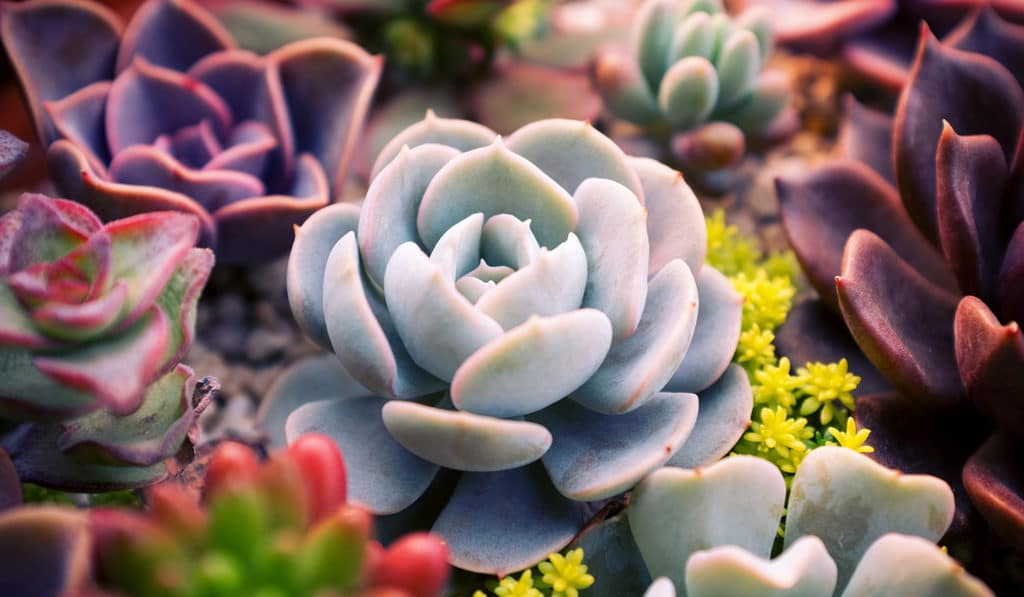
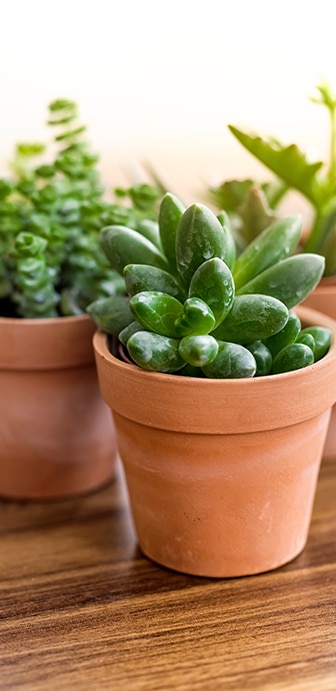
beyond the basics
-
soil & potting
These desert dwellers prefer a light, well-draining potting soil like Miracle-Gro Cactus, Palm and Succulent Potting Mix. Or, use regular potting soil and add some potting sand or perlite. A layer of sand on the top will help prevent rot. Ensure the pot has good drainage and aloe should never sit in water. Empty drainage trays if you see water collecting.
-
when to repot
Repot every 1 to 2 years in the Spring, especially with younger plants. Increase pot diameter by 2 inches every time. Want them to stay cute and little? You can stunt the growth by root trimming. In later years you can replace the top couple inches of soil instead of completely repotting.
-
propagation
Making new succulent plant babies is easy. In fact many propagate on their own. You will notice little mini versions starting grow. These “pups” can be gently separated potted as a new plant. If you’re not getting pups, remove a leaf, let it dry for a couple of days and place it on some moist soil. It should sprout roots, and voila! You have an ultra mini plant.
-
pest control
Succulents don’t typically suffer from pests, but they can sometimes get bugs. Gnats are most likely. Inspect those juicy little leaves regularly. Check out our Pest control section in Plant 101 for how to identify and deal with pests on your plant!
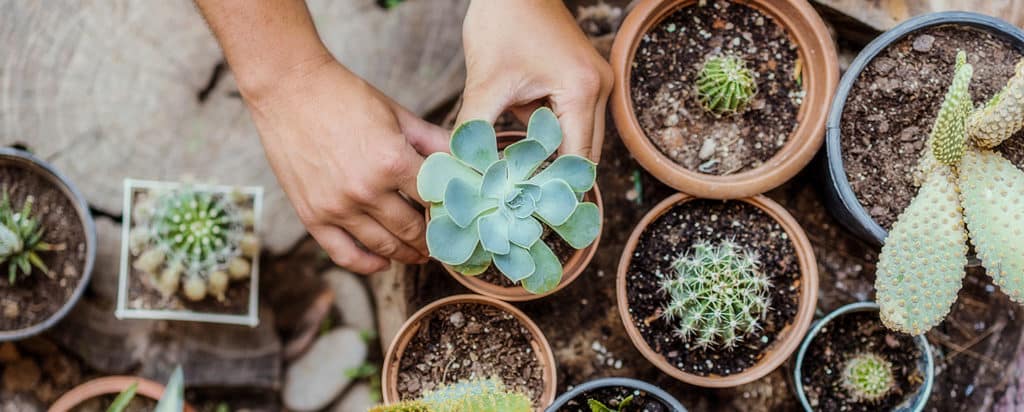
troubleshooting
-
why are the eaves turning brown, red or reddish brown?
A couple of possibilities. Maybe too much direct summer sun. Or possibly overwatering or root damage. First, moving your plant to a still-bright but less sun-blasted spot. Reduce the watering and follow our watering instructions above. If your succulent buddy still doesn’t bounce back, check for root damage.
-
what’s causing these dark spots? brown or mushy leaves?
Almost certainly too much water. This problem is no big deal if you catch it early. First, stop watering! Let’s dry out that soil. Check your pot’s drainage. Does it have a hole that allows excess water to escape? Help things dry by poking holes in the soil. This will get oxygen to the roots. You can also put the pot (with drainage holes) in a tray that’s lined with a layer of dry soil. It acts like a sponge to draw out extra moisture. Now, let’s check for root rot. Dig down and cut out any that look affected. If things are really bad, consider repotting entirely with new soil. Moving forward, water only when the soil is totally dry and make sure you water the soil, not the leaves. Water can collect between the leaves at its base, and start to rot. A thin layer of sand on top of the soil can reduce pooling water up top.
For more information check out our Plant 101 section.
-
pale or yellowing leaves?
Not enough light and/or overwatering. If the whole plant has yellowed or gone pale, it definitely needs more light. Move your friend to a brighter spot and resist the urge to overwater. Let the top two inches of soil get dry before watering again.
-
ew, what’s with the shrunken, wrinkled leaves?
Your plant needs a drink. Underwatering a succulent is hard to do, but it does happen. Give small amounts of water for three days in a row. Make sure you do this at soil level, not poured on the leaves. This is the ONE TIME it’s okay to do a little misting. A little does a lot. Resist the urge to water all at once! Your friend will plump up in a few days.
-
why isn’t my succulent growing?
Not enough light. It takes a lot of bright (mostly indirect) light to get succulents growing. If you’re not noticing any growth, or the new growth looks pale, it’s time to move to brighter spot. You may need slightly more frequent watering after the move. Note, succulents grow in slow motion at the best of times, so a little patience goes a long way.


